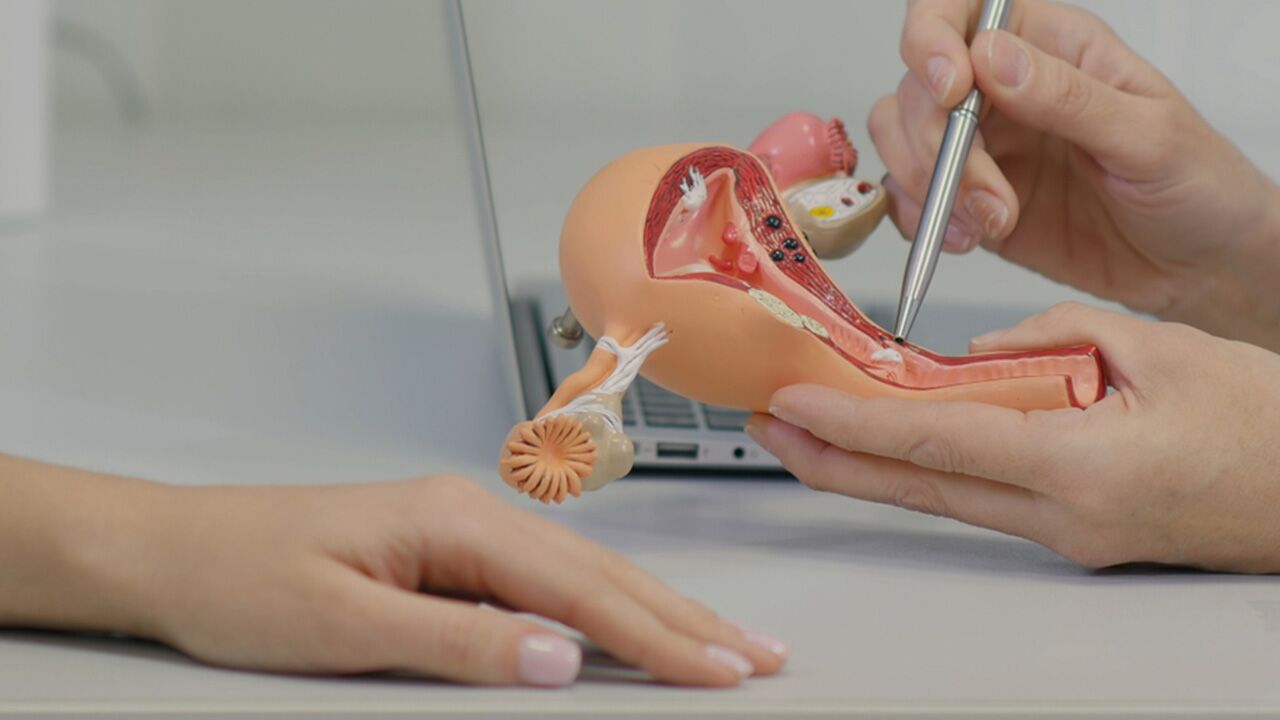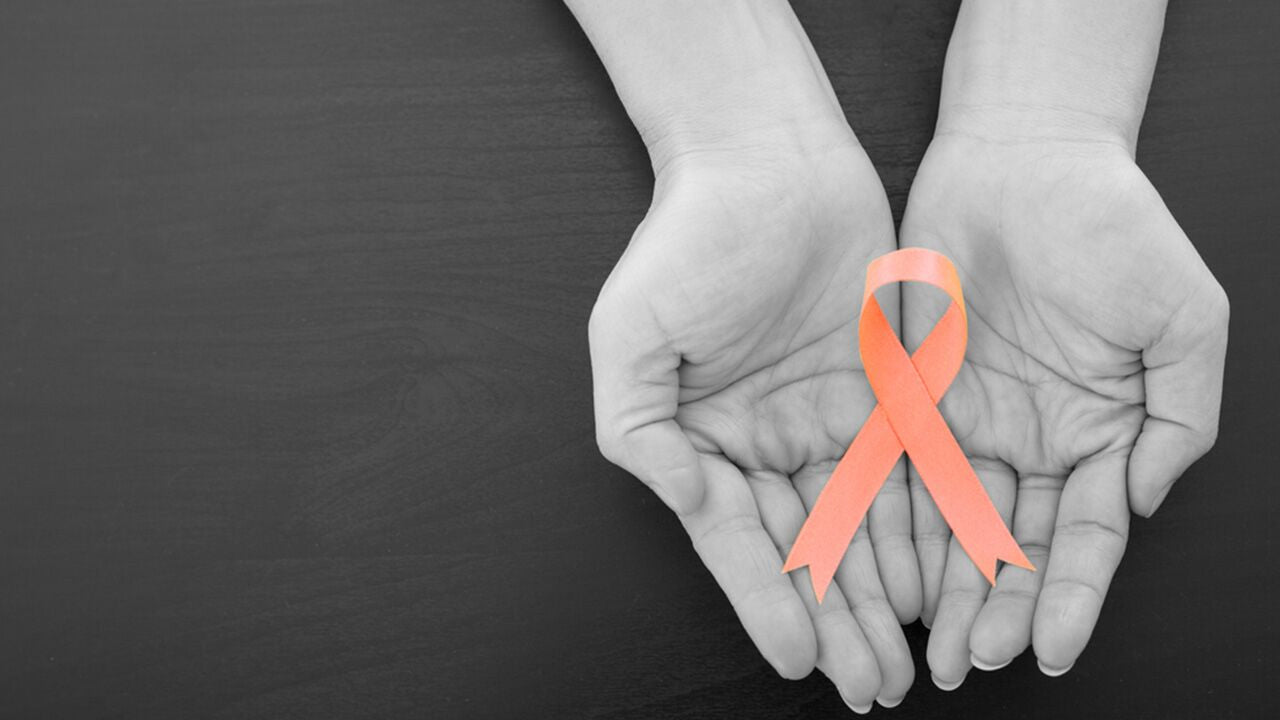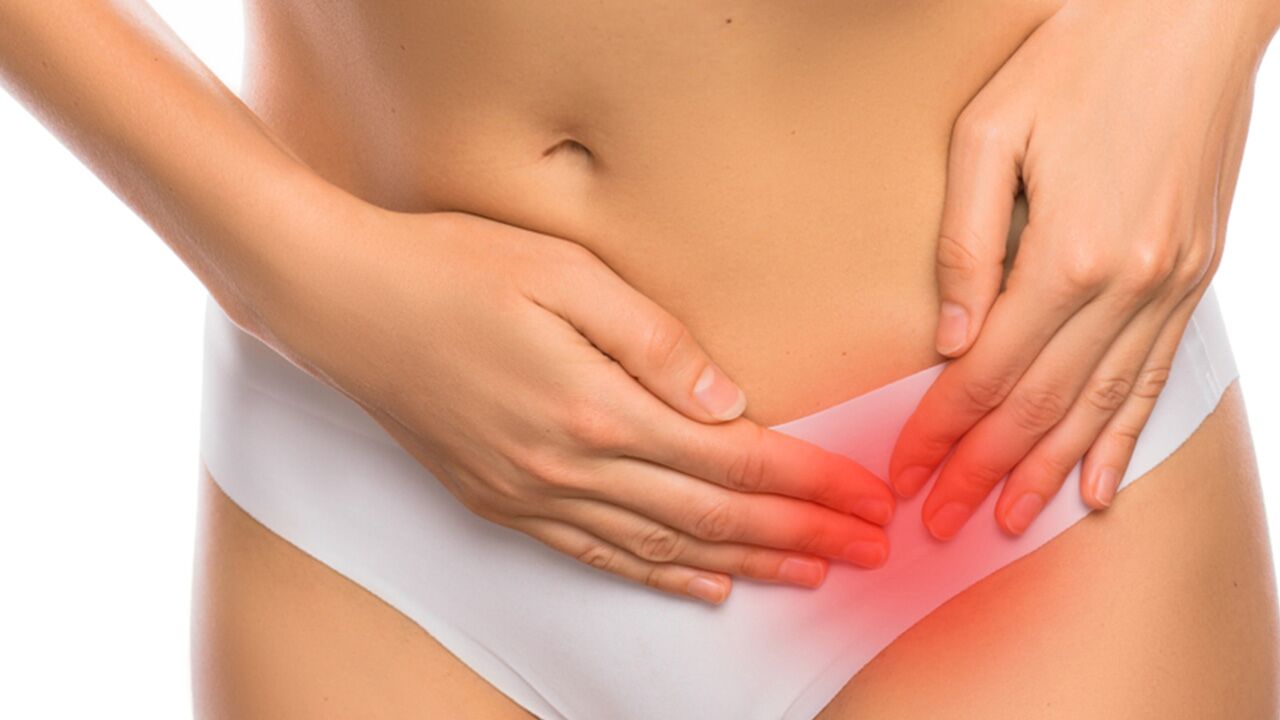Endometriosis Demystified (Plus Natural Treatments That May Help)
 By: by Amino Science
By: by Amino Science

Every woman is familiar with the cramps and pain that come with “that time of the month.” But what about monthly pain that is so bad it has an impact on the rest of your time? What about cramps that are so intense they disrupt daily life? Symptoms like these are often due to a women's health condition called endometriosis.
According to the Endometriosis Foundation of America, most women with endometriosis are between 25 and 35 years old, the period of life considered a woman’s most reproductive years. However, endometriosis can affect any young girl or woman once she begins having her period.
The Endometriosis Foundation of America reports that approximately 200 million women worldwide have endometriosis, including 1 out of 10 women in the United States. So what exactly causes this condition and what can women do about it? We’re here to explain endometriosis, help you identify symptoms and risk factors, and offer some natural suggestions for symptom relief.
What Is Endometriosis?
The inside of a woman’s uterus is lined with tissue called endometrium. The endometrium’s function inside the uterus has to do with menstruation and pregnancy. Each month, the endometrium thickens in anticipation of receiving a fertilized egg. Once an egg is released and fertilized, it attaches to the endometrium inside the uterus so it can grow. If the egg is unfertilized or fertilized but does not attach, then the outer layer of the endometrium is shed, causing menstruation. Sometimes, endometrial tissue grows outside of the uterus and onto other reproductive organs, such as on or in the ovaries, fallopian tubes, and the pelvic lining, a condition called endometriosis.
Causes of Endometriosis
The exact cause of endometriosis is unknown, but there are several potential culprits.
- Retrograde menstruation: Rather than flowing out of the body, menstrual blood backtracks into the fallopian tubes and pelvic cavity, where endometrial cells can then accumulate on the pelvic walls and organs.
- Hereditary factors: There may be a genetic component to endometriosis, as it's been found to run in families.
- Peritoneal cells: Peritoneal cells in the inner cavity of your abdomen may, according to a principle called the "induction theory," morph into endometrial cells due to the influence of certain hormones or immune factors.
- Meyer's Theory: Similar to peritoneal cells, embryonic cells that make up the earliest stage of development, may transform into endometrial cells during puberty.
- Surgical incisions: Endometrial cells can latch onto surgical incisions after procedures such as a C-section or hysterectomy.
- The transport of endometrial cells: Endometrial cells from the lining of the uterus can be carried by the blood vessels or lymphatic system throughout the body.
- Immune system malfunctioning: A faulty immune system can compromise the body's ability to seek and eradicate out-of-control endometrial tissue.
Endometriosis Symptoms
Pain is the dominant symptom of endometriosis, and can range from mild to severe. According to the Mayo Clinic, endometriosis pain can strike in a multitude of ways including:
- Painful periods: Dysmenorrhea is a medical term for pain experienced before and during your menstrual periods, including cramps and pelvic pain. The pain can sometimes extend to the lower back or manifest as abdominal pain or discomfort.
- Painful sex: Sometimes endometriosis can cause pain during or after sexual intercourse.
- Painful urination or bowel movements: Women with endometriosis may sometimes experience pain while urinating or having a bowel movement, though these symptoms usually occur during menstruation.
Most symptoms of endometriosis occur before or during menstruation, improve afterward, and then come back before the next period. While pain is the primary symptom of endometriosis, other common symptoms include:
-
Gastrointestinal issues such as:
- Nausea
- Constipation
- Diarrhea
- Bloating
- Fatigue
- Excessive and irregular bleeding: Every woman’s menstrual flow is different, and some women experience heavy bleeding without any underlying cause. However, endometriosis is known to cause excessively heavy bleeding during menstruation, called menorrhagia, or irregular bleeding between periods, called menometrorrhagia.
- Infertility: According to UCLA Obstetrics and Gynecology, endometriosis is present in about 20-40% of women with infertility. Endometriosis contributes to infertility by damaging the fallopian tubes and instigating inflammation that causes the reproductive system to function abnormally.
Endometriosis Diagnosis
If your health care provider suspects endometriosis is the cause of your symptoms, he or she will perform a series of tests to rule out other possible conditions, such as pelvic inflammatory disease (PID) or ovarian cysts, before confirming an endometriosis diagnosis.
Pelvic Exam
Regular pelvic exams are important so that your doctor can spot any changes in your health right away. They are also the first step to diagnosing endometriosis.
During a pelvic exam, your doctor won’t be able to feel the actual endometriosis, but he or she can feel for any other abnormalities, such as cysts called endometriomas that may have formed as a result of the endometriosis. In cases such as these, surrounding tissue can become inflamed and irritated, leading to scar tissue and adhesions that can cause pelvic tissues and organs to clump together.
Transvaginal Ultrasound
A transvaginal ultrasound is like an ultrasound of any other part of the body except the ultrasound wand is inserted into the vagina rather than placed on the surface of the body. Sometimes, an abdominal ultrasound may be used as well to check for signs of endometriosis. The internal images created by the ultrasound won’t necessarily show the endometriosis but can help the doctor view cysts and other abnormalities that may be caused by the condition.
Surgical Treatment
A surgery called a laparoscopy may be ordered. A medical device is inserted near the patient’s navel to check for signs of endometriosis in the abdomen. The device, called a laparoscope, helps the surgeon identify the endometriosis and determine where exactly it is growing outside of the uterus. Biopsies, or samples of tissue, may also be taken to confirm the diagnosis. A laparoscopy is currently the only definitive way to diagnose endometriosis.
Amino Acids
Although a laparoscopy is currently the only way to diagnose endometriosis undoubtedly, amino acids are offering hope of a means of diagnosing without surgery. Amino acids are the body’s building blocks, helping to form protein and chemicals needed for a healthy body.
A 2018 study published in Scientific Reports reported on the findings of endometrial tissue samples taken from women who had been diagnosed with endometriosis. Through analyzing the tissue samples, researchers were able to identify changes in five amino acid levels that corresponded with changes in the same five amino acid levels detected in a blood draw. This study suggests that amino acid levels may potentially be used as biomarkers to diagnose endometriosis in the future, eliminating the need for diagnostic surgery.

Common Treatments for Endometriosis
Endometriosis is a condition without a cure, and treatment usually consists of managing symptoms so they do not interfere with a patient’s quality of life. Managing the symptoms can help keep complications, such as infertility at bay. While there seems to be a higher incidence rate of ovarian cancer among women who have endometriosis, the risk is low. A rare form of cancer called adenocarcinoma can occur later in life in women who have had endometriosis.
Various factors are considered when it comes to endometriosis treatment methods, including the patient’s age, the patient’s desire to have children or additional children, and the severity of the patient’s symptoms.
Pain Relief
Sometimes endometriosis pain can be relieved through over-the-counter medications including nonsteroidal anti-inflammatory drugs (NSAIDs) like ibuprofen or naproxen, or more natural anti-inflammatories such as Inflama-Rest or even certain Chinese herbs. Sometimes, the pain is severe enough to warrant prescription strength medications if over-the-counter medications don’t offer relief.
Hormone Therapy
The endometrium thickens once a month due to hormones involved in the menstrual cycle. Hormonal therapies are sometimes successful in slowing the growth of the endometrium and easing endometriosis pain. Hormonal contraceptives, like birth control pills, are a common form of hormonal therapy used to treat endometriosis. Oral contraceptives, however, do come with many side effects, so speak with your doctor to determine if the benefits outweigh the risks.
Doctors also prescribe gonadotropin releasing hormone (GnRH) agonists to suppress the production of ovulation hormones and induce temporary menopause in an effort to regulate the growth of endometriosis.
Surgery
For women struggling with infertility due to endometriosis, surgery is sometimes performed to remove as much of the endometrial tissue as possible while leaving the reproductive system intact. This is known as conservative surgery, in which the surgeon is careful to protect the uterus and ovaries. Although conservative surgery can successfully eliminate endometriosis and the associated pain, it cannot prevent it from returning. An alternative for women with endometriosis who desire to become pregnant is in vitro fertilization.
If a woman’s endometriosis is severe, her physician may discuss the possibility of a hysterectomy. A hysterectomy is the removal of the cervix, uterus, and ovaries. If only the cervix and uterus are taken, then the ovaries will continue to produce estrogen, which can aggravate any endometriosis that remains and continue to cause pain. A hysterectomy is often the last resort for endometriosis patients, especially young women who wish to have children. It is impossible for a woman to become pregnant after she has had a hysterectomy.
To help accelerate recovery after a hysterectomy, supplement with Amino Co's Surgical Recovery blend, proven to increase physical strength and function as measured at 6 weeks post surgery.
Natural Endometriosis Treatments
In addition to pain relievers, hormones, and surgery, there are some natural treatment options for endometriosis.
Natural Pain Relief
For years, heat has been used as a natural remedy for menstrual cramps. Try applying heat to relieve endometriosis pain in the following ways:
- Heating pad
- Warm bath
- Epsom salt bath
- Hot water bottle
Herbal Supplements
Some herbal supplements and teas are known for their healing and soothing effects and may benefit endometriosis sufferers by relieving physical pain and emotional stress.
- Chamomile tea
- Willow bark
- Turmeric
- Magnesium
- Vitamin B6
Alternative Treatments
Alternative therapies can sometimes help relieve the physical pain as well as the physical and mental stress of living with endometriosis. Common alternative therapies include:
- Acupuncture
- Reiki
- Massage therapy
- Yoga

Up to 25% off Amino
Shop NowTAGS: conditions
Join the Community
Comments (0)
Most Craveable Recipes




 833-264-6620
833-264-6620



















